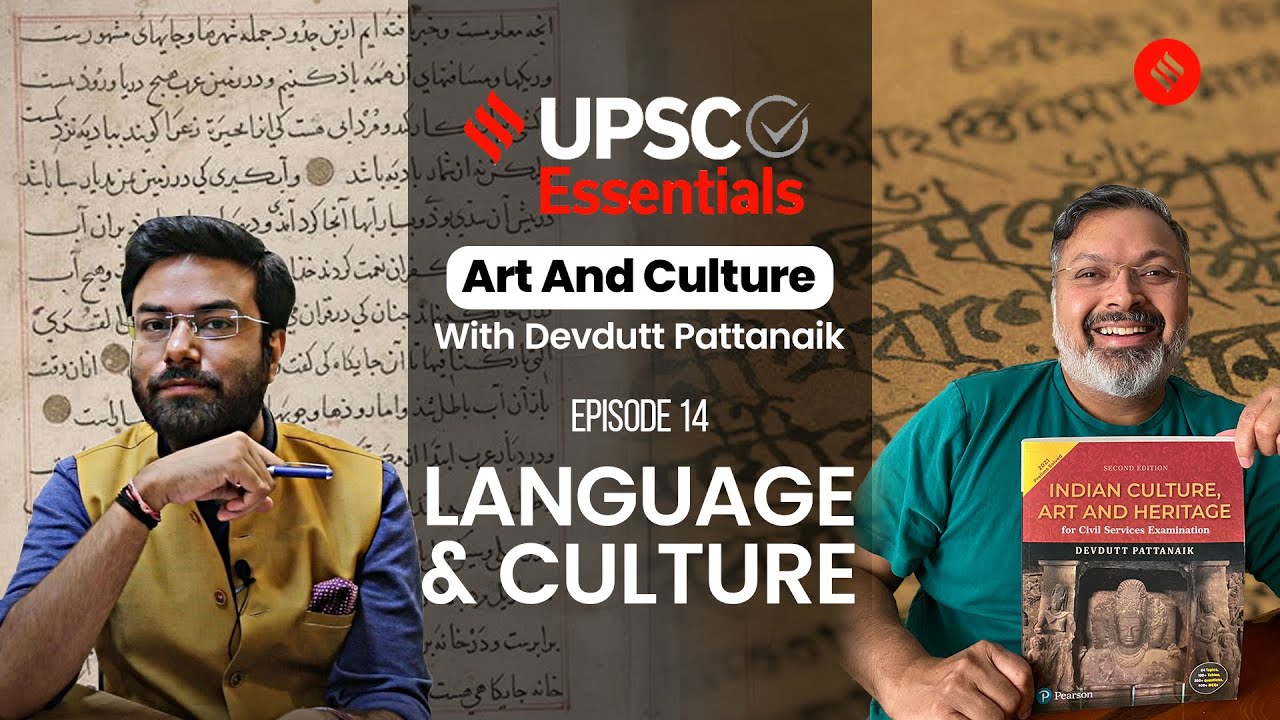Evolution of the Indo-European Languages - Ancient Civilizations DOCUMENTARY
Summary
TLDRThis video explores the rich tapestry of Indo-European languages, tracing their origins to the Yamnaya culture and their evolution into distinct families like Romance, Germanic, and Greek. It delves into how languages have adapted over time, influenced by geography and politics, and highlights the fascinating stories of language standardization and revival efforts, showcasing the dynamic nature of human communication.
Takeaways
- 🌐 Portugal and India share a common history and linguistic similarities, highlighting the influence of the Indo-European language family.
- 🌟 The Indo-European languages are the most widespread, with 3.2 billion speakers, making up 46% of the world's population.
- 🏰 The Yamnaya culture is considered the origin of the Indo-European language family, with their expansion across Eurasia on horseback.
- 🔍 Linguists use the comparative method to reconstruct the original Proto-Indo-European vocabulary, despite the lack of written records.
- 👨👩👧👦 Cognate words for family and basic actions are remarkably similar across Indo-European languages, showing a shared ancestry.
- 📜 The development of writing systems across different cultures provides clues to their shared Indo-European origins.
- 🏛 The Roman Republic's rise led to the spread of Latin, which later evolved into the Romance languages after the fall of Rome.
- 🏙️ National standardization of languages often resulted from political centralization and the promotion of a dominant dialect.
- 📚 The Gutenberg printing press and Luther Bible played a crucial role in standardizing the German language.
- 🏛️ Greek colonization and the conquests of Alexander the Great spread the Greek language, influencing many other languages with loan words.
- 🛶 The Celtic languages faced extinction and oppression but have seen some revival efforts, especially with Cornish.
Q & A
What is the historical connection between Portugal and India mentioned in the script?
-The historical connection between Portugal and India is highlighted by Vasco Da Gama's voyage, which marked the beginning of Portuguese exploration and trade with India. Additionally, the script points out that the Portuguese language shares similarities with many Indian languages, such as inflection, word structure, pronunciation, and vocabulary.
What is the significance of the Indo-European language family in terms of global population?
-The Indo-European language family is the largest language family in the world, spoken by 3.2 billion people or 46% of the world's population.
How did the Yamnaya culture contribute to the spread of the Proto Indo-European language?
-The Yamnaya culture, being one of the first bronze age cultures and skilled in horse domestication and wheel-making, was able to spread across Eurasia swiftly and aggressively. Instead of developing colonies, they interbred with local neolithic cultures, spreading their genes and the Proto Indo-European language.
What is the comparative method used by linguists and archaeologists to reconstruct the original ancestor vocabulary of the Indo-European languages?
-The comparative method involves comparing similarities and differences among languages to reconstruct their common ancestor's vocabulary. Despite the fact that Proto Indo-European was never written down, linguists were able to reconstruct its vocabulary by identifying cognates—words that have descended from a single word in the ancestor language.
How did the Roman Republic's rise impact the spread of the Latin language?
-The rise of the Roman Republic led to the spread of the Latin language across the Mediterranean and western Europe, effectively eliminating all other Italic languages and most of the Celtic languages in the process.
What are the two variants of Latin mentioned in the script?
-The two variants of Latin mentioned are classical Latin, which was the formal language, and Vulgar Latin, described as 'the speech of the masses' by Cicero.
How did the fall of the Roman Empire influence the development of the Romance languages?
-The fall of the Roman Empire led to the development of distinct dialects unique to different provinces. Over time, these dialects evolved into their own languages, marking the dawn of the Romance languages.
What role did the Gutenberg printing press play in the standardization of the German language?
-The Gutenberg printing press, along with the Luther Bible, set the foundation for a standardized German language, which was essential for the later unification process of Germany.
How did the Celtic language spread and evolve over time?
-Celtic was the lingua franca of Western and Central Europe due to the dominant Urnfield culture. As the branch spread, it split into various forms. However, the rise of the Roman Republic led to the extinction of all continental Celtic languages, with the surviving speakers migrating to the British Isles, forming the Insular Celtic languages.
What is the relationship between the Greek god Zeus and the Roman god Jupiter?
-Both Zeus and Jupiter are adaptations of the original Yamnaya god Perkwunos the Striker. This concept is shared across various cultures, indicating a shared origin in the Proto Indo-European religion.
How did the English language acquire its vocabulary from different sources?
-English, although a member of the Germanic language family, has a diverse vocabulary due to historical influences. Only 26% of its vocabulary is Germanic, 29% is French, and 29% is Latin, reflecting its complex history of conquest, trade, and cultural exchange.
Outlines

This section is available to paid users only. Please upgrade to access this part.
Upgrade NowMindmap

This section is available to paid users only. Please upgrade to access this part.
Upgrade NowKeywords

This section is available to paid users only. Please upgrade to access this part.
Upgrade NowHighlights

This section is available to paid users only. Please upgrade to access this part.
Upgrade NowTranscripts

This section is available to paid users only. Please upgrade to access this part.
Upgrade NowBrowse More Related Video

Where did English come from? - Claire Bowern

Germanic languages - what they are and how appeared 🇬🇧🇳🇱🇿🇦🇮🇸🇩🇪🇳🇴

De West-Germaanse en Indo-Europese taalfamilie

Le langage : Origine(s) des langues 1/4

Origen de las lenguas de España: La realidad plurilingüe de España.

Devdutt Pattanaik On Understanding Language & Culture: Art & Culture EP14 | UPSC Essentials
5.0 / 5 (0 votes)